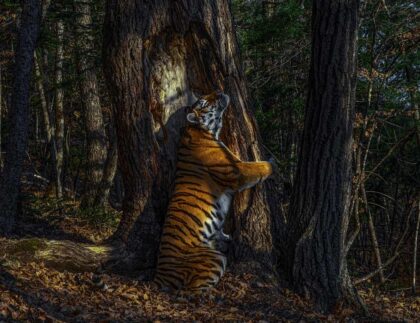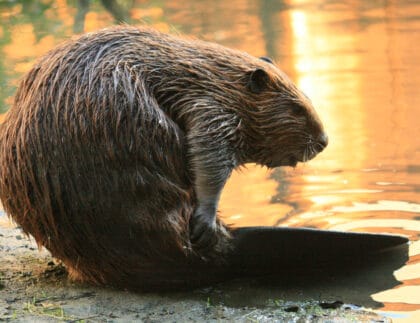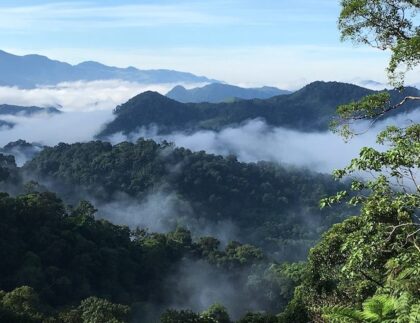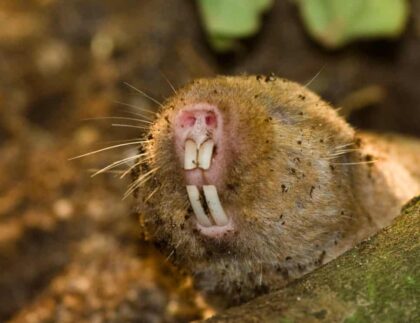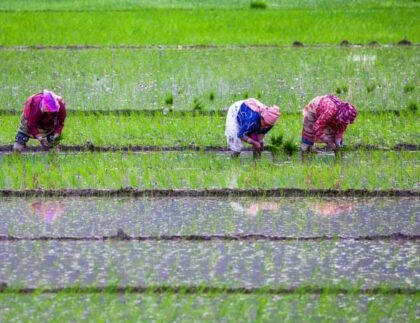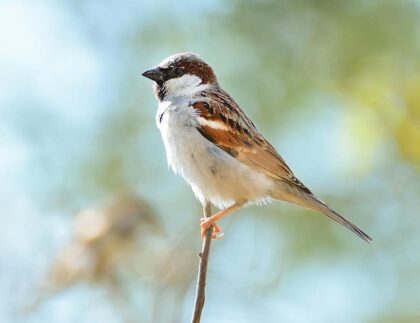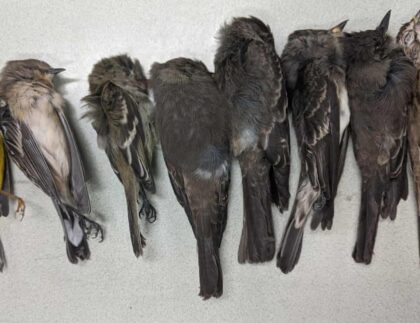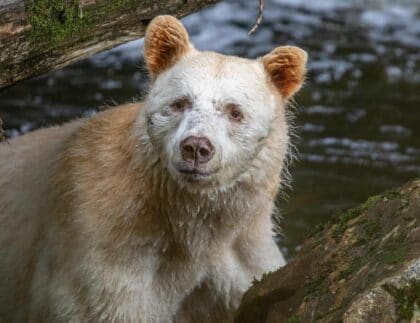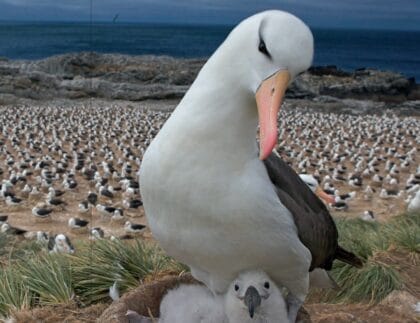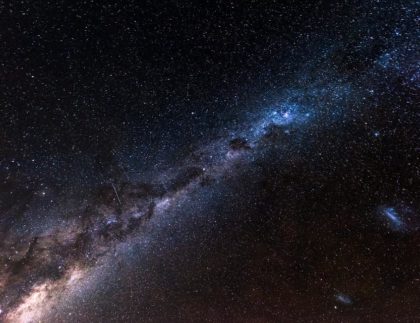While there's no replacement for experiencing nature in real life, our Armchair Naturalist corner is a place for kids to read the facts, news and stories about the fascinating world of wildlife and nature so they will grow more deeply in love with the natural world.
Sign up for weekly updates here and help nurture your child's love of nature.
The Guardian | October 13, 2020 A magical image of a Siberian tiger hugging an ancient Manchurian fir tree in a Siberian forest was named the 2020 wildlife photographer of the year by the Duchess of Cambridge at a ceremony at London’s Natural History Museum. The award is one of the world’s most prestigious photography prizes. Photographer...
The Wildlife Society | Oct 9, 2020 When looking at an area damaged by wildlife, a team of biologists found that fires didn’t burn intensely in areas near beaver dams but burned on average three times less than areas without beavers. Burning areas where beavers built their dams is “like trying to light a big...
Mongabay | September 29, 2020 In a move wildlife conservationists are hailing as a victory, Vietnam has established a new nature reserve encompassing critical habitat for numerous species, several of them threatened globally with extinction. Threatened species thought to be living in the new reserve include the saola (Pseudoryx nghetinhensis), two species of muntjac deer...
Guardian | September 29, 2020 Near-blind, underground-burrowing, African Ansell’s mole-rats can sense magnetic fields with their eyes, a study has found. Native to Zambia, the animals have very tiny eyes and live in elaborate underground tunnel systems, feeding on plant tubers and roots. The Ansell’s mole-rat’s eyes are barely functional. They cannot see colour or...
The Guardian| September 29, 2020 Two in five of the world’s plant species are at risk of extinction as a result of the destruction of the natural world, according to an international report. The Royal Botanical Gardens in the UK led the report, which involved 210 scientists from 42 countries. The main cause of plant losses...
The Wildlife Society | September 18, 2020 In a new study published in Global Ecology and Conservation, researchers in China found that Eurasian tree sparrows show reduced fear responses to people wearing face masks during the COVID-19 pandemic. during the study, researchers approached the sparrows and recorded how close the humans could get before the birds took...
The Guardian | September 16, 2020 Weather events in the southwestern states of the US including dry conditions, wildfires and a cold snap may have all had devastating effects on thousands of migrating birds including flycatchers, swallows and warblers. For the past few weeks, these species have been literally “falling out of the sky” as...
Alexandra Harvey, The Guardian | September 14, 2020 Spirit bears are white-coated black bears that inherit their pale fur from a rare recessive gene. Spirit bears are sacred to the Indigenous people who live in the Great Bear Rainforest in central and northern British Columbia. Researchers spent eight years combing the rainforest to map out...
WWF | Sept 13, 2020 A new report from the World Wildlife Fund (WWF) reveals that population sizes of “mammals, birds, amphibians, reptiles and fish” are down by 68 percent since 1970, amounting to an “unprecedented” rate of destruction of Earth’s diverse range of species. The authors cite a number of reasons for the massive...
Forbes | July 6, 2020 The International Dark Sky Association (IDA) announced that Wai-iti Recreational Reserve and Tunnicliff Forest at the northern end of the South Island in New Zealand has been certified as a Dark Sky Park, ensuring light pollution management and protection of the high-quality dark skies above the natural area. New Zealand...

